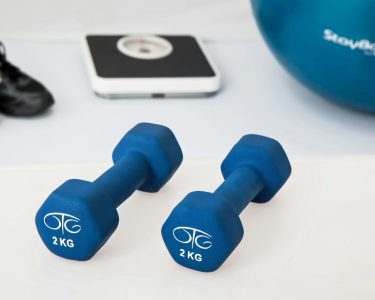While I can’t provide specific information about the article you mentioned, I can offer a professional perspective on why it’s generally not recommended to straighten hair when it’s wet. Hair professionals often advise against this practice due to the following reasons:
1. Increased vulnerability: Wet hair is more fragile and susceptible to damage. The hydrogen bonds that give strength to the hair are weakened when it’s wet, making it more prone to breakage and heat damage when subjected to high temperatures.
2. Uneven heat distribution: Wet hair doesn’t conduct heat evenly. The moisture on the surface of the hair can create hot spots when heat is applied, leading to localized overheating and potential damage to the hair cuticle.
3. Steam damage: Applying heat to wet hair can cause the water to evaporate rapidly, resulting in steam. The steam can further weaken the hair structure, leading to moisture loss, dryness, and breakage.
4. Lack of styling effectiveness: Straightening wet hair may not yield the desired results. Wet hair tends to revert back to its natural texture when exposed to humidity or moisture. Therefore, straightening wet hair may result in hair that appears frizzy or loses its straightened look quickly.
To minimize damage and achieve the best results when straightening hair, it is generally recommended to follow these tips:
1. Start with dry or slightly damp hair: Allow your hair to air dry or use a blow dryer on a low heat setting until it’s mostly dry before using straightening tools.
2. Apply heat protectant: Always use a heat protectant spray or serum before using heat styling tools to create a barrier between the heat and your hair, reducing the potential damage.
3. Use the right temperature: Set your straightener to an appropriate temperature for your hair type and avoid using excessive heat. Lower temperatures are generally safer for the hair.
4. Divide your hair into sections: Section your hair and work on small sections at a time to ensure thorough straightening without the need for excessive heat or repeated passes.
Remember, it’s important to listen to the advice of your own hairstylist or hair professional who can provide personalized recommendations based on your specific hair type, condition, and styling preferences.




